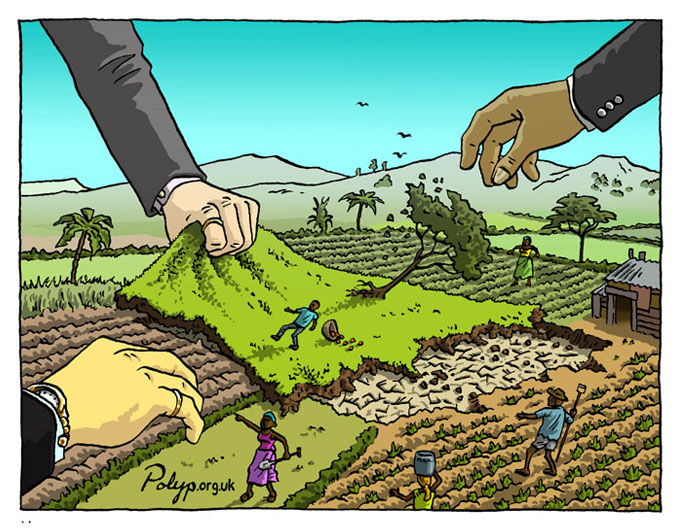Nowadays, the agricultural sector is ruled by the industrial approach: fields are factories guided by the rule of business. Nature does not play the main role anymore.
We expanded our production to places that are really not adapt for growing crops. Every year we lose huge amounts of fertile soil, destroying its capacity both in terms of productivity, efficiency and resilience. That led to a continuous expansion of the farmland with a decreasing productivity, that involves problems of space and food production for the whole planet.
Regarding the loss of resilience of the soil we are simply increasing the use of pesticides. Since 1945, pesticide use has risen 3300 per-cent and is still supposed to increase, given that pests are developing resistance to our new powerful chemicals.
At the same time, due to the loss of fertility and capacity of our soil, we also have to face the problem of productivity (crop losses have increased 20 percent over the same period). In order to do that, we have introduced fertilizers and we are employing an endless quantity of them. That is also absurd considering that we could avoid all these problems simply living the nature and natural ecosystems play their original role.
Moreover, imposing our artificial knowledge over the original experience of the nature, we are replacing plants with hybrid ones, genetically modified by humans. Because of their hybrid nature these new plants couldn’t pass their genetic traits on the next generation, meaning that every farmer will be supposed to buy hybrid seeds instead of planting seeds from the plants he/she eats. In this way we will progressively lose the wide variety of different species that originally existed, replacing them with an unique – and generally poorer – type.
We switched to a system of farming that mimicked industry, not nature. As a result, the leading force in farming is making profit. Nowadays, we are not growing food to sustain ourselves anymore: we are growing so much food it became a surplus – an export item and a political tool. Food is produced not in the most suitable place but in the country which has the most significant market power, able to produce with the lower cost and in larger quantities. That’s the case of some Italian brands of pasta which used to import wheat from Canada. Passing over the transportation costs and the environmental concerns linked to a so displaced production, what is really surprising here is that Italy has the best weather conditions for the production of wheat but it is still importing it. So, the question is: why does Canada have a so significant market power in the production of wheat? Why, speaking about the agricultural sector, the natural landscape and the weather features of a country are less important than its market position? Isn’t food production supposed to be related to the nature and the surrounding environment more than to scale economies, capital and profit making capacity?
Janine M. Benyus, in her book “Biomimicry – Innovation inspired by nature”, presents two interesting data about the agriculture industry. First of all, because of pesticide residues, agriculture is defined as the number-one polluting industry in U.S.; the biggest concern is about groundwater, contaminated by pesticide and nearly impossible to clean. Recent studies have shown that people who get in touch with these pesticide residues have higher than normal risks of developing illnesses, such as leukaemia, lymphoma and other cancers.
Secondly, mainstream agricultural techniques are currently less efficient than how they used to be in the past. The input-production ratio moved from 1:4 in 1990 to the current value of 1:1,5; even if we are producing much more now than in the past, the efficiency of our production has strongly been impaired by the adopted practices of farming.
That’s only a brief explanation of the problems linked to monocultures and the men’s attitude of imposing themselves on nature. Solutions are available, new ideas are spreading and there is some hope for improvement in the future. Actually, that would also be our unique chance to get over the problem of food production and climate change in general. But, as Janine M. Benyus states in her book, this may be just “the storm before the calm”. The system is not sustainable anymore, not even stable or optimal and we are now in the position to move on and revise the funding principles of our production system.



